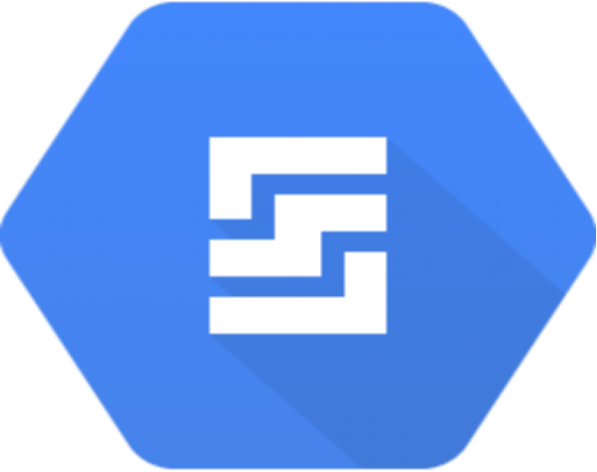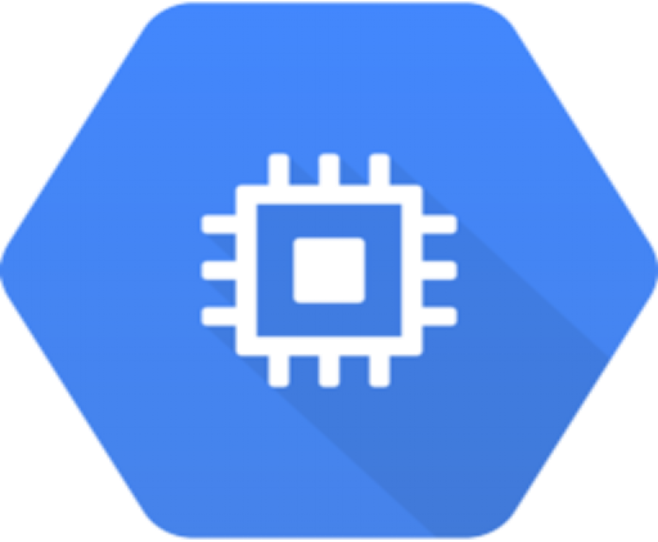Google Cloud Platform
Cloud Container Engine
Want to run containerized applications without any complexity of managing environment. You can deploy the containerized application on Google Cloud Platform using Google Container Engine. It is a managed service.
When we create container cluster in container engine, it must consist of one cluster master which can contain multiple nodes. Nodes are also known as worker machines. Kubernetes is an open source container orchestrator which powers the Google Container Engine.
Ship Early, Ship Often
Using Google Container Engine allows user make rapid development of applications. It allows users to deploy, update and manage applications and services.
Reliable and Self-Healing
You do not need to monitor your resources, google keeps monitoring your cluster resources. Google Container Engine provides Container replication strategies, automated repairs, and monitoring. Using these features you can get high availability.
Resource-Optimized Deployments
Scheduling and distribution of workloads done by Google that allows you to get the most out of your VMs.
Scale Effortlessly to Meet Demand
It is easy and simple. You can scale from a single machine to thousand machines on the go. Using the auto-scaling feature you can handle the spike in traffic easily.
Features
- Docker Image Support
- Fully Managed
- OS Built for Containers
- Private Container Registry
- Fast Consistent Builds
- Open Source Portability
- Auto Repair
- Resource Limits
- Auto Upgrade
- Auto Scale
- Integrated Logging & Monitoring
- Security and Compliance
- Hybrid Networking
- Identity & Access Management
Container Cluster Architecture
Cluster Master
Google Container Engine cluster contains at least one Cluster Master. Core resource controllers, Kubernetes API server, scheduler and kubernetes control plane processes runs on Cluster Master.
Cluster Master and Kubernetes API
Kubernetes API call is used for all the interaction with the nodes. All the request is handled by Kubernetes API server process and it runs on Cluster Master. We can communicate with Kubernetes API in two ways, either you can use Kubernetes API calls directly via HTTP/RPC or Kubernetes command line client (Kubel).
Master and Node Interaction
What runs on all cluster node is decided by Cluster Master. This includes managing workloads, scheduling workloads, scaling, lifecycle, and upgrades.
Nodes
One or more node can come under a cluster. Containerized application and other workloads run on node machine. There are different types of machine available. Google also provides specialized OS that is used for running containers.
Next
Must Read Artcile

How to delete a Snapshot
In this tutorial we are going to delete a Snapshot.

How to delete Static IP in Google Cloud
In this tutorial we are going to delete static IP in Google Cloud.

How to disassociate Static IP form VM instance in Google Cloud
In this tutorial we are going to disassociate static IP form VM instance in Google Cloud.

How to launch a VM Instance using Snapshots in Google Cloud
Before you start installing WordPress on VM instance on Google Cloud. You must log in into the machine.

How to launch a VM instances in Google Cloud
In this tutorial we are going to launch a Compute Egine instance.

How to launch a VM Instance using Snapshots in Google Cloud
Before you start installing WordPress on VM instance on Google Cloud. You must log in into the machine. You can launch a VM Instance on Google Cloud using this tutorial. After launch of machine log in into the machine using SSH. If you do not know how to SSH in VM instance you can follow this tutorial.

How to launch a VM Instance using Snapshots in Google Cloud
In this tutorial we are going to launch a VM using existing snapshot.

How to reboot VM instance in Google Cloud
In this tutorial we are going to reboot VM instance in Google Cloud.

How to Reserve Static IP address in Google Cloud
In this tutorial we are going to allocate a static IP.

How to SSH in your instance in Google Cloud
In this tutorial we are to SSH in Compute Engine Instance.

How to stop VM instance in Google Cloud
In this tutorial we are going to stop VM instance in Google Cloud.

How to Terminate VM instance in Google Cloud
In this tutorial we are going to Terminate VM instance in Google Cloud.

How to assign Static IP to VM Instance in Google Cloud
In this tutorial we are going assign static IP to VM Instance.

